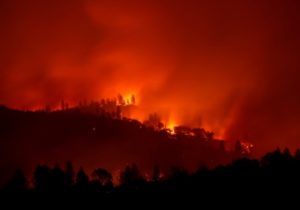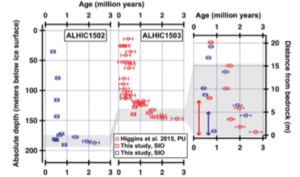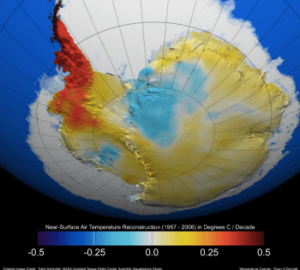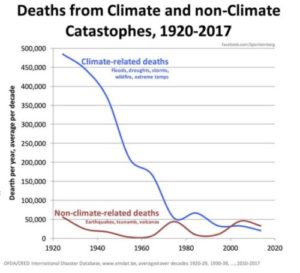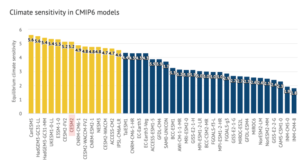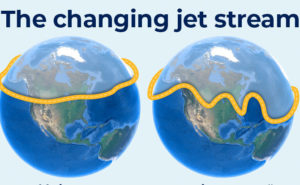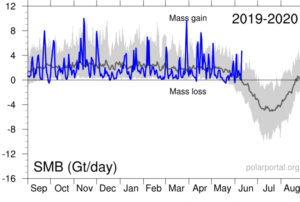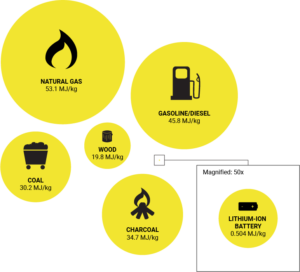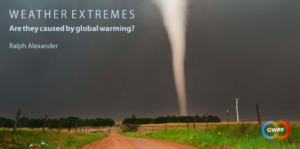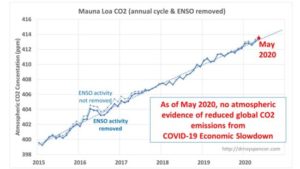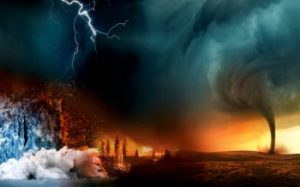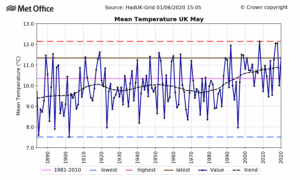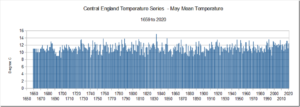by K. Richard, June 18, 2020 in NoTricksZone
Coastal history analyses increasingly suggest sea levels are lower today than at any time in the last 7000 years – even lower than the 1600s to 1800s.
Recently we compared cartology from the 17th to 19th centuries to direct aerial images of coastal positions today. Rather surprisingly, there seemed to be more land area below sea level a few hundred years ago.
For example, an 1802 nautical map of New York City and Long Island shows there may have been more open waters in this region during the Little Ice Age than in 2019.
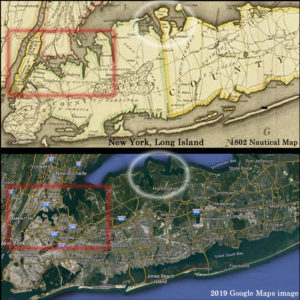
Image Source: Amazon.com
Shoreline analysis from India also suggests the coasts were further inland during the 1600s than they are today (Mörner, 2017).
…

